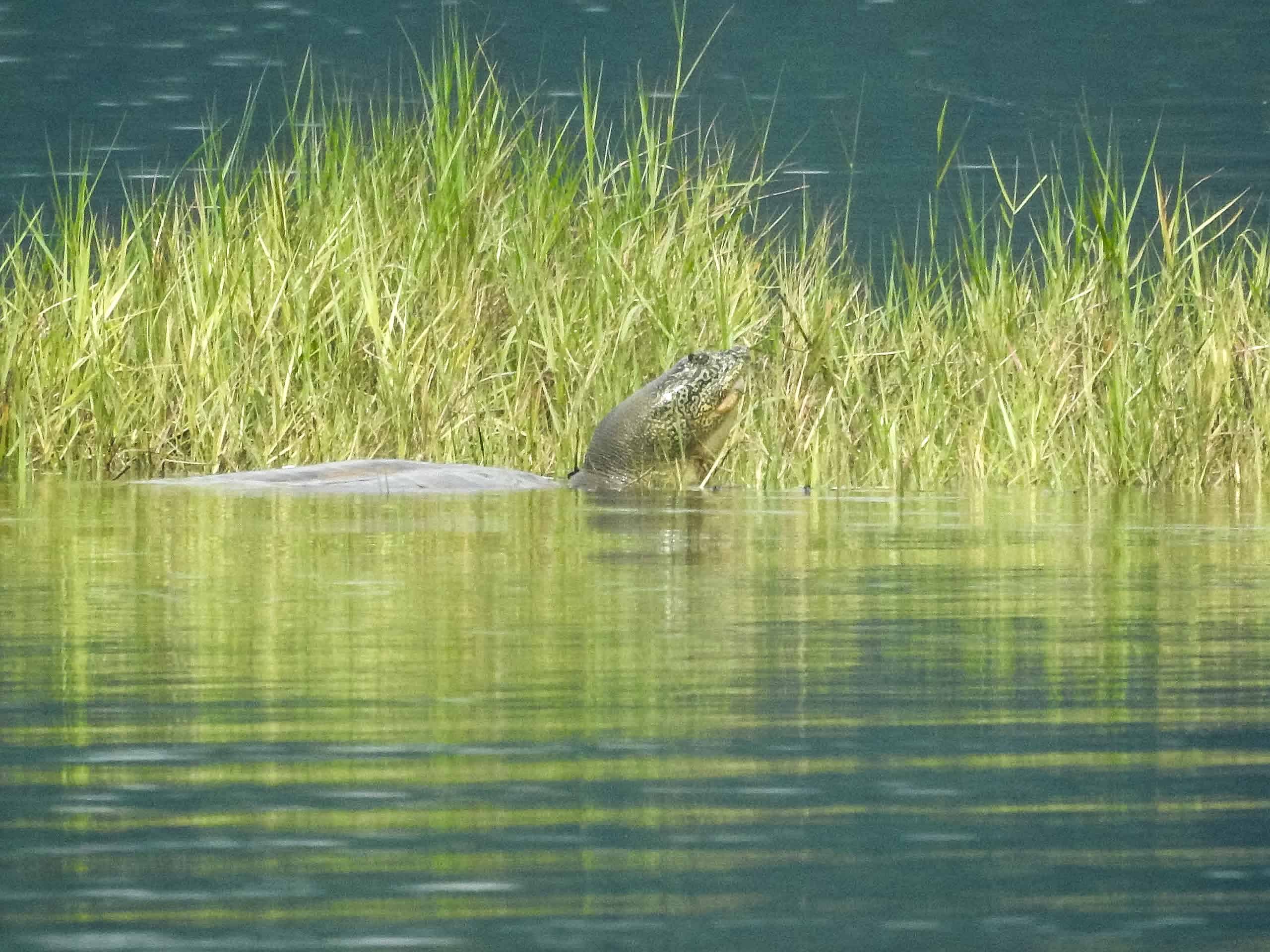Share this article
TWS Position Statement: Wildlife Fertility Control
Back to Position Statements page
A number of native and invasive wildlife species have become overabundant on a local or regional scale throughout the world. These overabundant species have the potential to adversely affect native and endangered species in the wildlife community. They also can cause many conflicts with humans, ranging from minor nuisance problems to serious habitat and crop destruction, spread of disease, and collisions with vehicles and aircraft. Traditional population management techniques for overabundant wildlife such as hunting and trapping may be restricted or infeasible in parks and suburban areas. Thus, wildlife managers and administrators are being urged to consider other techniques, such as sharpshooting and fertility control.
Wildlife fertility control can be applied in the form of hormone implants, surgical procedures, chemical sterilants, or vaccines. The success of these techniques has been lower in the past than originally hoped, partly due to inadequate understanding of reproductive strategies for some species. With an increasing research focus on contraceptive development, and more knowledge of animal reproductive systems and behaviors, fertility control as a technology is advancing rapidly. Wildlife fertility control is currently being tested in a number of species on a small scale and may be employed as a wildlife management technique in the future. Major hurdles still include biological feasibility, economic practicality, development of cost-effective delivery systems for effective products, public and natural resource agency acceptance of fertility control as a wildlife management practice, and commercial availability of vaccines or baits.
In the U.S., reproductive inhibitors for wildlife must undergo extensive federal review before being approved for commercialization. Contraceptives for wild and feral animals are regulated by the Environmental Protection Agency, whereas contraceptives for livestock, companion animals, and zoo animals are overseen by the Center for Veterinary Medicine within the Food and Drug Administration. To support a new animal drug approval, a drug sponsor must provide substantial evidence of the drug’s effectiveness through adequate and well-controlled studies. The safety of the drug in the target species must also be proven. The small market for wildlife contraceptive products and high cost of receiving market authorization may discourage drug manufacturers from developing products on their own. These factors also require new sources of funding in order for natural resource agencies to become involved in product development. Despite the strict regulation, however, a number of contraceptive products are currently on the market and additional drugs in the registration process will likely soon be released. While there are currently no wildlife fertility drugs licensed in Canada, and no manufacturer producing them there, a similar process exists. Such drugs must be licensed under the Bureau of Veterinary Drugs, a branch of Health Canada.
Application of wildlife fertility control may have potential for use in urban or suburban areas and in situations where immigration is limited and lethal control is restricted. Despite the high cost and questionable feasibility of present contraceptive programs, some communities are opting to fund reproductive control of certain wildlife populations. Wildlife management agencies are willing to consider fertility control as a possible management alternative, if research demonstrates that this technique can successfully reduce free-ranging wildlife populations and that it has no adverse or unintended effects on wildlife or human health. Public forums discussing the advantages and disadvantages of various management techniques will be more important in the future. The challenge for wildlife managers will be to (1) integrate potentially valuable contraceptive technologies with more traditional methods of wildlife population management, and (2) provide the public with accurate information about the length of time required for fertility control to reduce populations of long-lived species relative to lethal control and the costs associated with fertility control.
The policy of The Wildlife Society in regard to wildlife fertility control is to:
- Recognize that species overabundance in localized or isolated areas is often largely influenced by landscape features and human manipulation of the environment, and these factors may not be easily modified.
- Encourage educational efforts to disseminate information on scientifically sound solutions for reducing problems with overabundant wildlife, and discuss the benefits and limitations of various wildlife fertility control methods.
- Recognize that overabundant wildlife populations can be managed via lethal methods, regulated hunting seasons, or other means where they are legal, practical, and cost effective, and that some of these methods can provide a net economic benefit, recreational opportunity, and source of high quality meat.
- Recognize that application of wildlife fertility control should be based on appropriate science and species population biology and that in some instances it may be necessary to reduce the population with lethal methods before fertility control can be used effectively to limit population growth.
- Recommend research into development of cost-effective fertility control techniques, including improved delivery systems.
- Recognize that fertility-control products must have minimal health effects on target and nontarget animals, and must be safe for human consumption if used in food animals.
- Encourage local communities to consult with appropriate state and provincial wildlife agencies and certified private wildlife control consultants early in the decision-making process when considering application of fertility control.
- Recognize that the authority to permit field applications of fertility control measures lies with the state or provincial wildlife agency.
- Pledge to work toward finding safe, humane, and effective methods for resolving human-wildlife conflicts associated with overabundant species.
Approved by Council November 2017.








